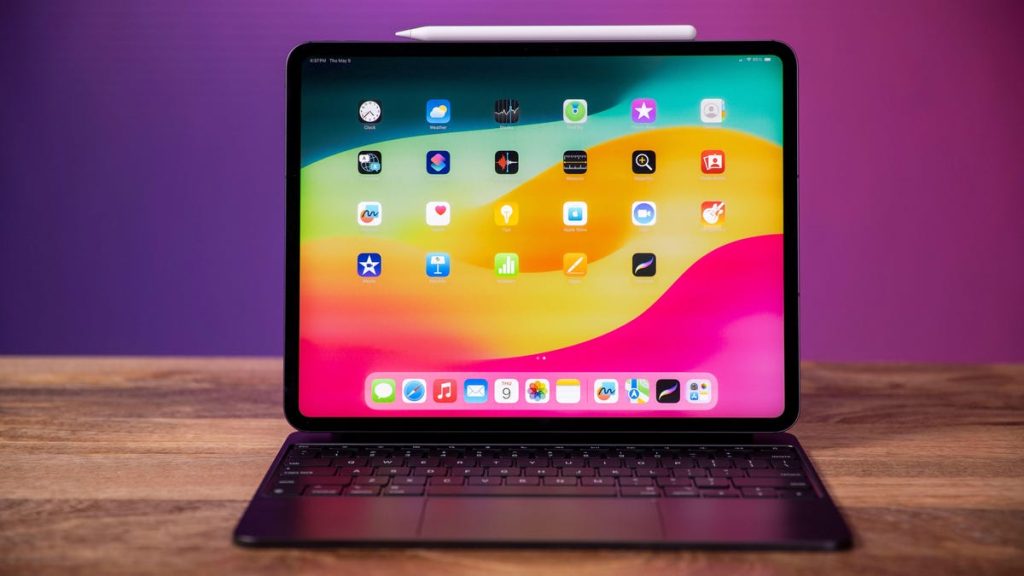In 2024, Apple’s lineup of computers has reached a peak in terms of parallel evolution, with the iPad Pro and MacBook Air becoming more converged than ever. The new iPad Pro boasts a thinner design, a vivid OLED display, and the latest M4 processor, but it still runs iPadOS, limiting its potential as a Mac replacement. While the MacBook Air remains a popular choice for many users, the iPad Pro is positioned as the high-end option, with a starting price similar to that of the MacBook Air but climbing higher with accessories like a keyboard case and Pencil Pro stylus.
The iPad Pro’s OLED display offers enhanced brightness and contrast, making it ideal for HDR content and creative work. The new M4 processor delivers a notable performance boost over previous models, with higher-tier configurations featuring 16GB of RAM and 10 CPU cores. The Pencil Pro stylus, exclusive to the 2024 iPad Pro models, features innovative upgrades such as contextual rotation and haptic feedback, enhancing its functionality for creative tasks. However, compatibility is limited to the new iPad Pro and iPad Air models, requiring users to invest in the new accessory.
The Magic Keyboard case for the iPad Pro offers a familiar experience with improvements such as a larger trackpad and a row of function keys. While the keyboard itself is comparable to that of a MacBook, the case still has some drawbacks, including top-heaviness and limited flexibility when using the device in various positions. The future of the iPad Pro remains uncertain, with the continued division between iPadOS and MacOS creating challenges for users who seek a more seamless computing experience across Apple’s product lineup.
The convergence of the iPad Pro and MacBook Air lines presents an opportunity for Apple to redefine the role of the iPad in its ecosystem. As wearable display technology like the Vision Pro emerges as a potential future computing platform, Apple must address the need for a more affordable and versatile iPad Pro that can also serve as a Mac. With advancements in hardware and accessories like the Pencil Pro, Apple is pushing the boundaries of what the iPad Pro can achieve, but the true potential of the device may only be realized through a more cohesive software experience that bridges the gap between iPadOS and MacOS.


